Remembering the work and impact of architect Kerry Hill, who has passed away aged 75
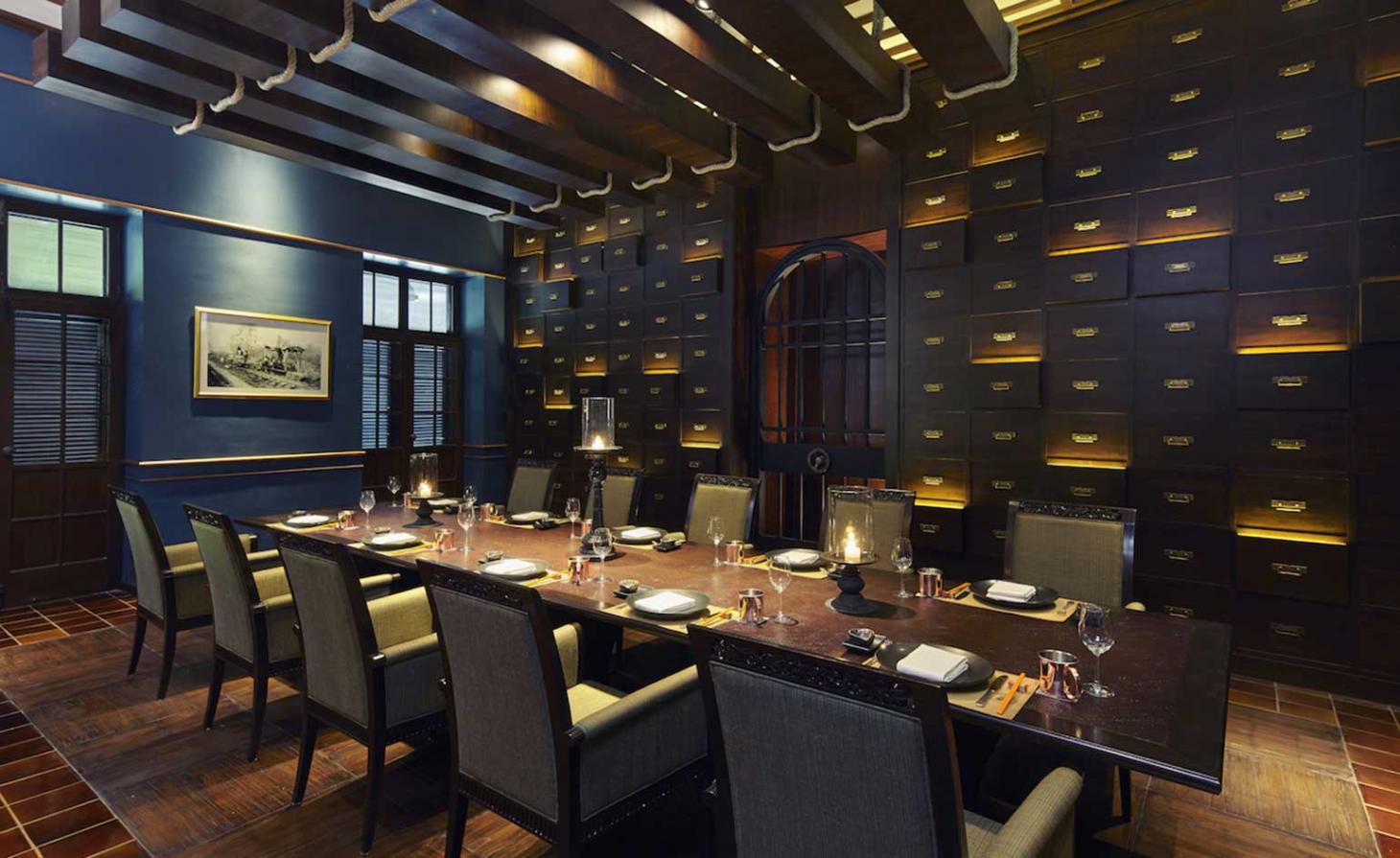
If the essentially modern buildings designed by the Australian architect Kerry Hill, who died on 26 August aged 75, share a defining characteristic, it is surely the sensitivity they show to their surroundings.
Take Aman Tokyo, Aman Resorts’ first uncompromisingly urban project, which opened in December 2014 on the upper storeys of a steel-and-glass tower designed by Kohn Pedersen Fox, the sort of high-rise you could find in any thriving city. Alight in the hotel’s spectacular 33rd-floor lobby, however, and you could only be in Japan. The walls soar 26m, and like the ceiling, are lined in heavily textured translucent washi paper to give the impression that one is inside a gigantic lantern anchored by a zen garden of water, gravel and rocks.
The rooms are similarly sensitive to their location: a sliding shoji screen separates the sleeping area from the bathroom, which is furnished with a deep square tub (or furo) of the same black basalt as its walls. If these are dark intimate spaces, the bedrooms are filled with light from a wall of glass, against which runs a long, low day bed and tokonoma, (the raised platform used to display flowers, ornaments and shrines in Japanese homes). There is tatami matting on the floor.
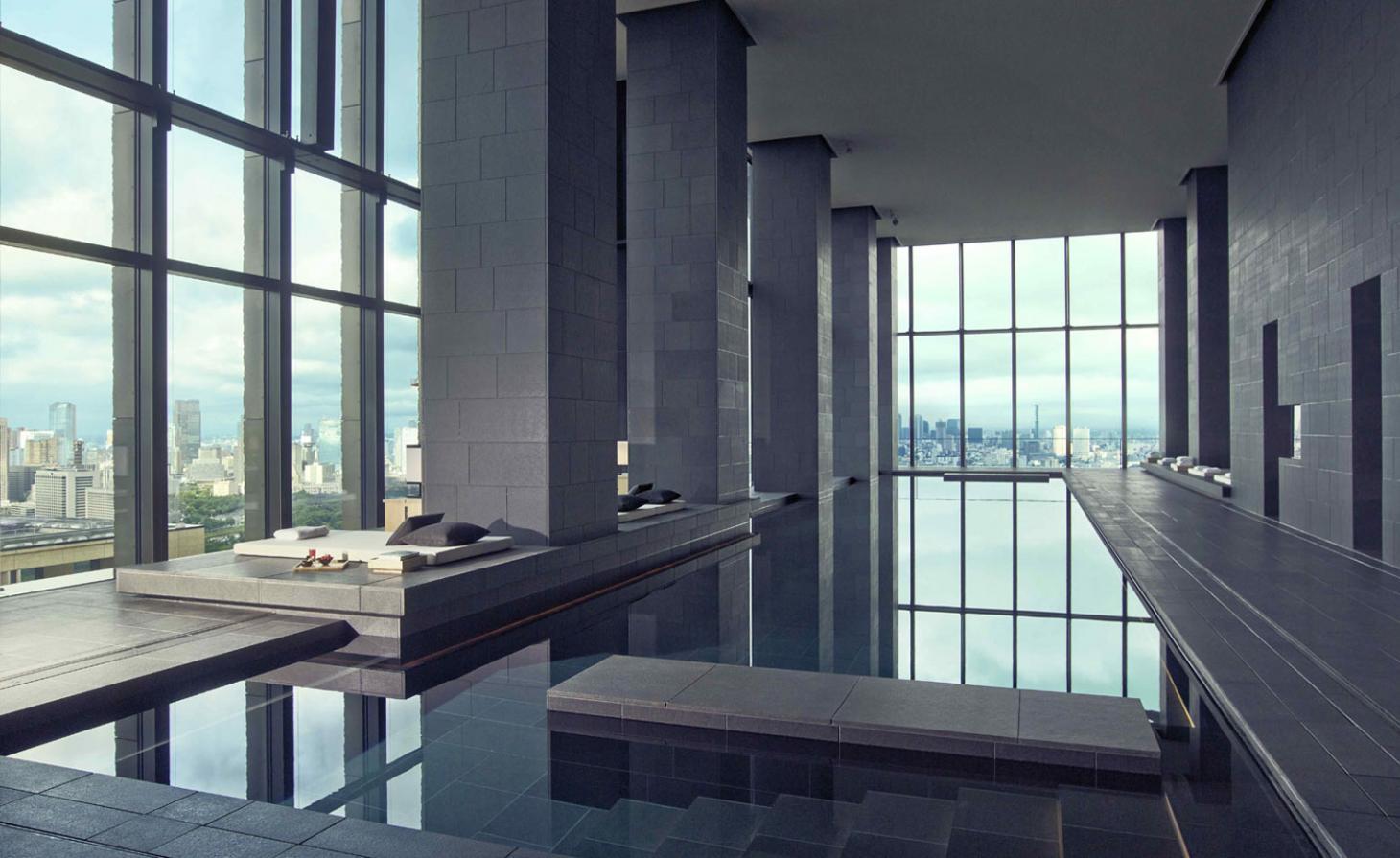
Aman Tokyo hotel, Tokyo, Japan, completed in 2014
The five lodges he designed for Amankora in Bhutan (2004-7) are more modest in scale, but no less of their place, though Hill was careful to point out in a rare interview that they are only ‘Bhutanese in spirit. We [did] not replicate their high decoration and colourful nature’. The lodges focused instead on incorporating traditional local materials, from nettle fibres and yak hair to stone and rammed mud. In an area prone to earthquakes the latter was not ‘a credible method’ by which to build a 21st-century hotel. ‘But of course you can do stabilised earth,’ he said, because ‘it is earthquake resistant’. Hill believed in the ‘contemporisation of materials’ as ‘important parts of the decision making’.
Born in Perth in 1943, where he designed the City of Perth Library (2016, the state capital’s first major civic building in nearly half a century) and the State Theatre Centre, he grew up a keen Australian Rules footballer, training as an architect at the local technical college and then the University of Western Australia. He eventually left his hometown in 1971 when he secured a job in Hong Kong.
He subsequently lived in Bali, then Jakarta, and in 1979 moved to Singapore, where he set up Kerry Hill Architects having secured a commission from the hotelier Adrian Zecha. It was Zecha who went on to found Aman in 1988. The relationship was cemented when Hill later designed him a home, which Zecha said was the most comfortable he had ever lived in.
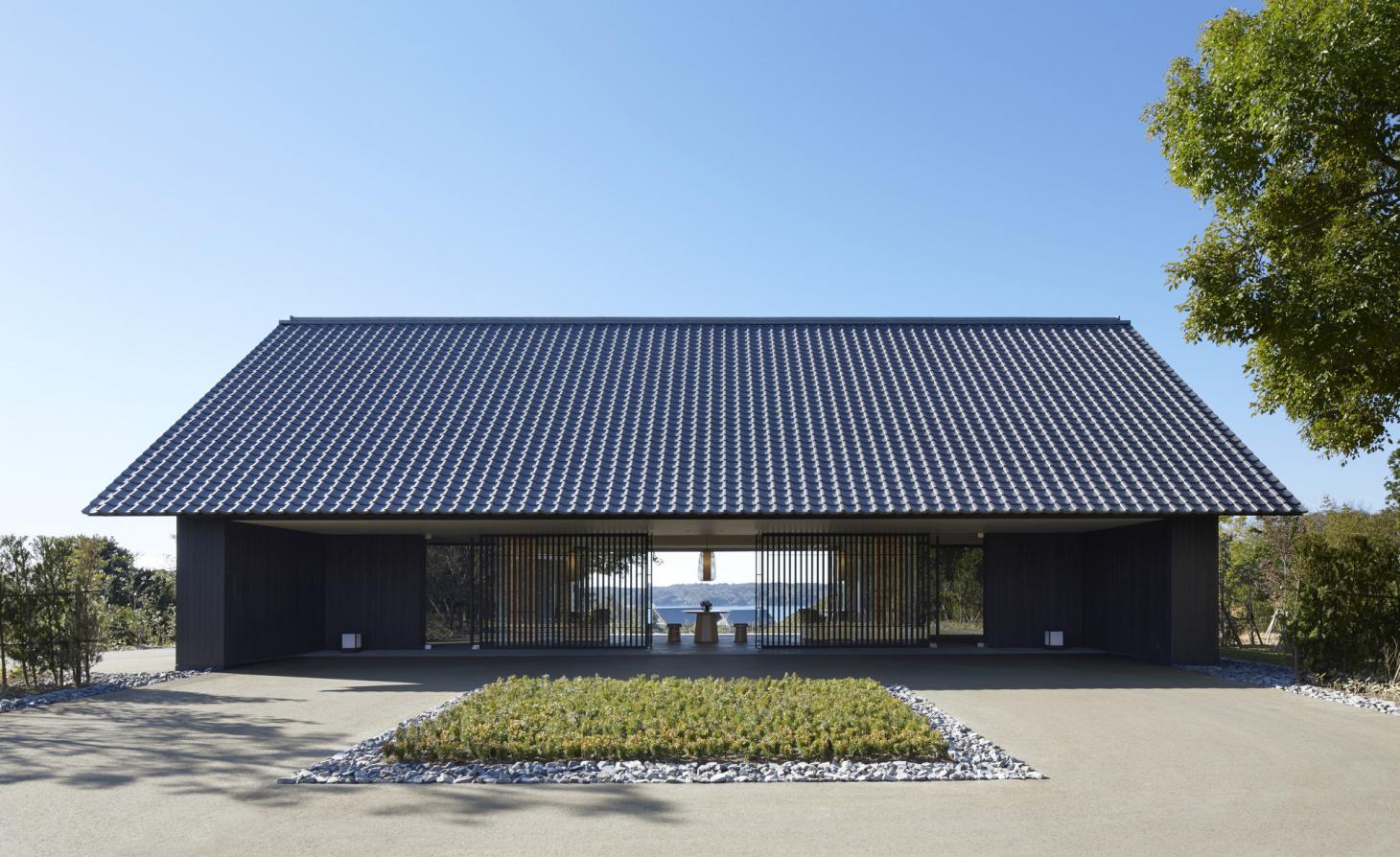
Amanemu hotel, Shima, Japan, completed in 2016
Hill went on to design nine Aman Resorts – among them Amansara in Cambodia; two in Sri Lanka; Amanemu, in Shima, 300km southwest of Tokyo; and Amanyangyun in China. Each was as conscious and sensitive as the next. Amenemu in Shima draws on the design of Japanese minka houses and their internal cedar screens that are crafted incorporating delicate fretworked panels known as kumiko – a technique that dates back to the 7th century.
Of course Hill’s practice, which remains based in Singapore with an office in Fremantle, Western Australia, did not work only for Aman. (Other significant hotels include the Sentosa, Singapore; the Sukhothai, Bangkok; The Datai on the Malaysian island of Langkawi; and the Desert Palm, Dubai.) Nor did it work exclusively in the hospitality sector: the Singapore Cricket Association Pavillion is theirs; and in 2012 it won the contract to design a new 100ha Royal Military Academy in Jordan, incorporating a theatre, mosque, museum and extensive sporting facilities.
‘We like to think that each building is designed especially for its context and its place,’ Hill once said. ‘I feel that you need to perpetuate the traditions within the culture and material of a place through your architecture so that it is appropriate.’ It is a typically wise statement from an innately modest and private man, who saw his duty as an architect as somehow predetermined: ‘I am an architect like a dog is a dog. That’s my lot in life.’
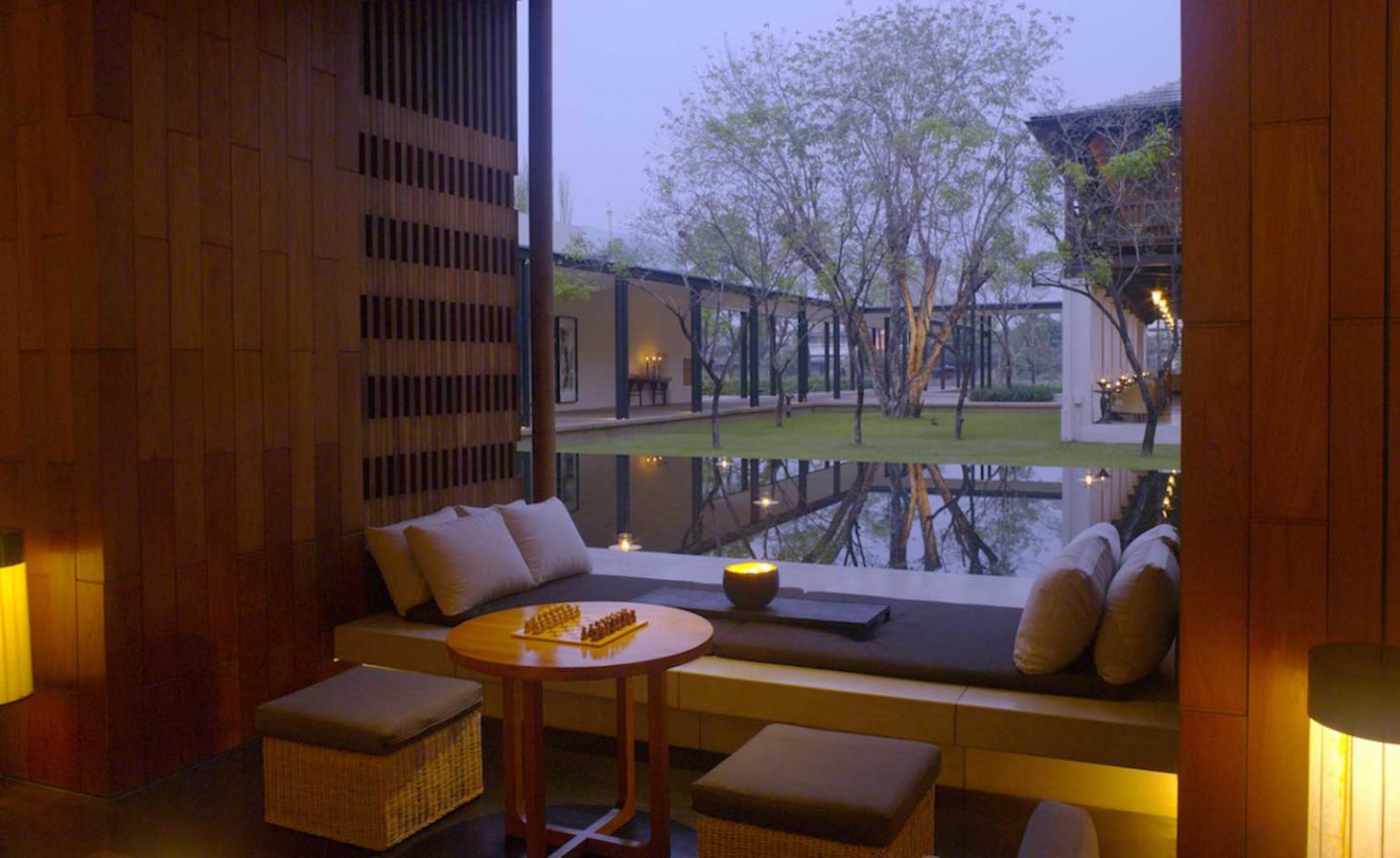
Anantara hotel, Chiang Mai, Thailand, completed in 2013
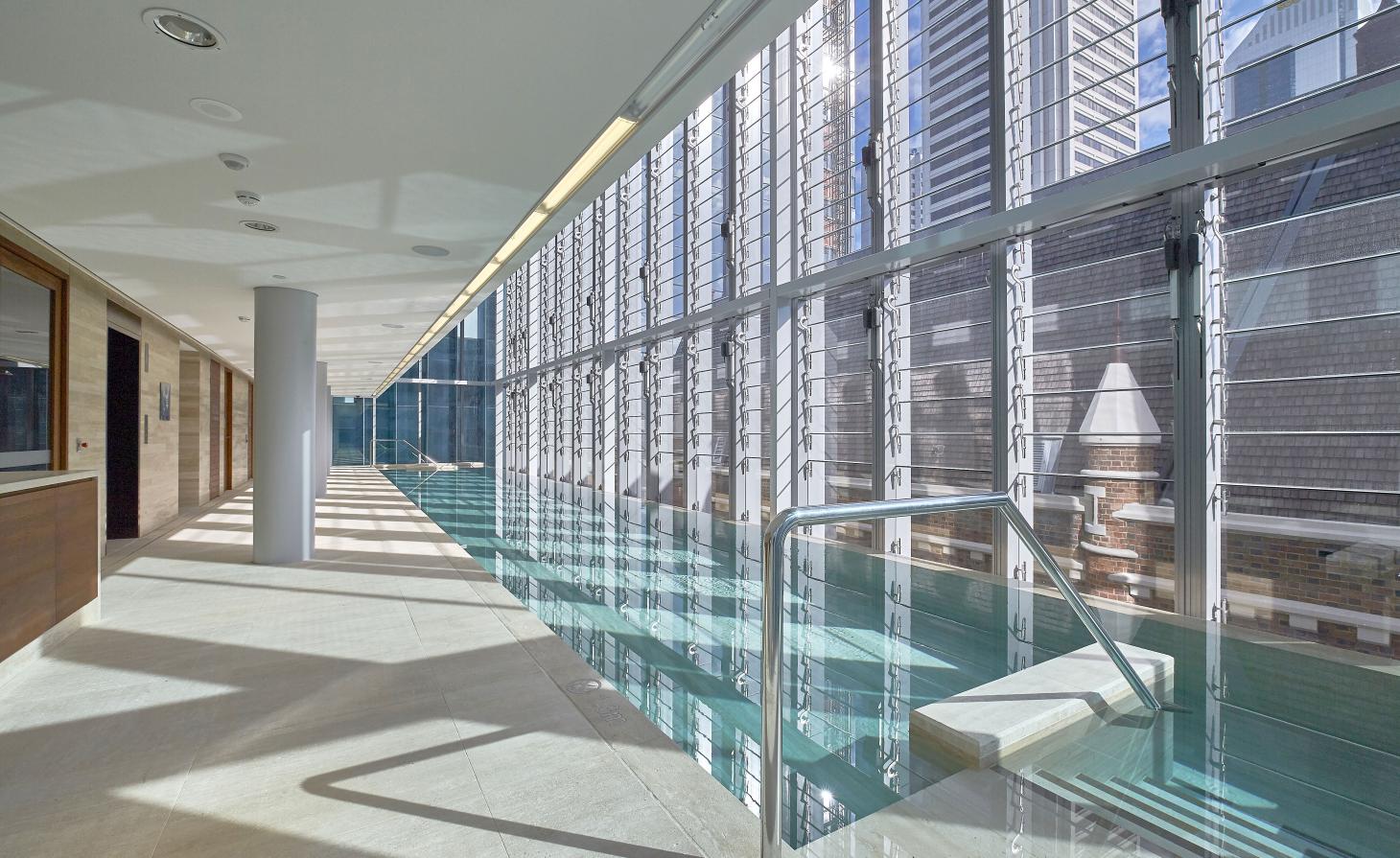
Como The Treasury hotel, Perth, Australia, completed in 2015
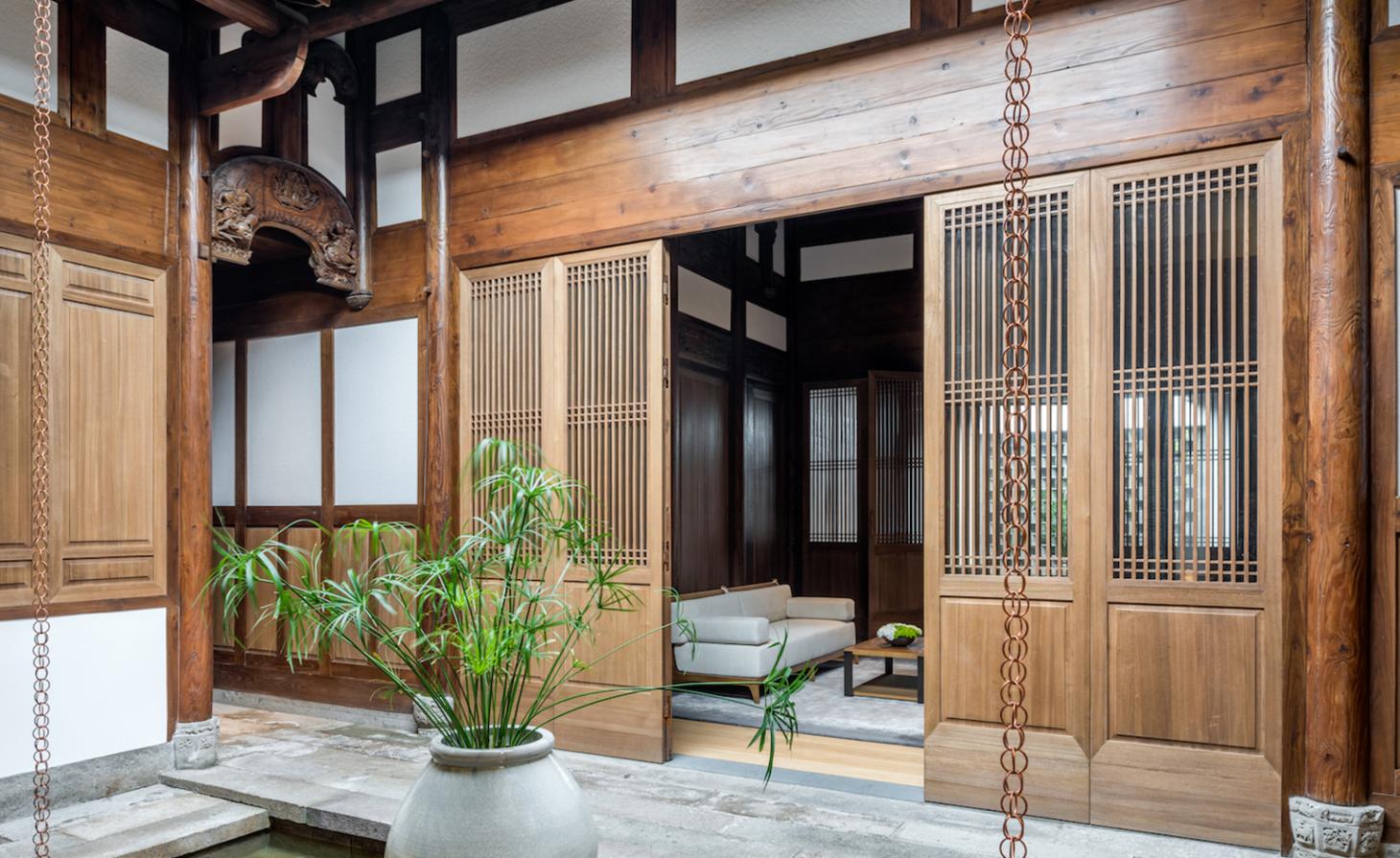
Amanyangyun, Shanghai, China, completed in 2018
Receive our daily digest of inspiration, escapism and design stories from around the world direct to your inbox.
-
 Curvilinear futurism meets subtropical beaches at Not A Hotel’s ZHA-designed Okinawa retreat
Curvilinear futurism meets subtropical beaches at Not A Hotel’s ZHA-designed Okinawa retreatZaha Hadid Architects has revealed the design for the first property in Not A Hotel’s futuristic new Vertex collection, coming soon to southern Japan
-
 Gorden Wagener leaves the helm of Mercedes-Benz design after 28 years with the company
Gorden Wagener leaves the helm of Mercedes-Benz design after 28 years with the companyThe German designer is stepping down from the role of chief design officer at Mercedes-Benz. We look back at his influence and impact on the world of automotive and luxury design
-
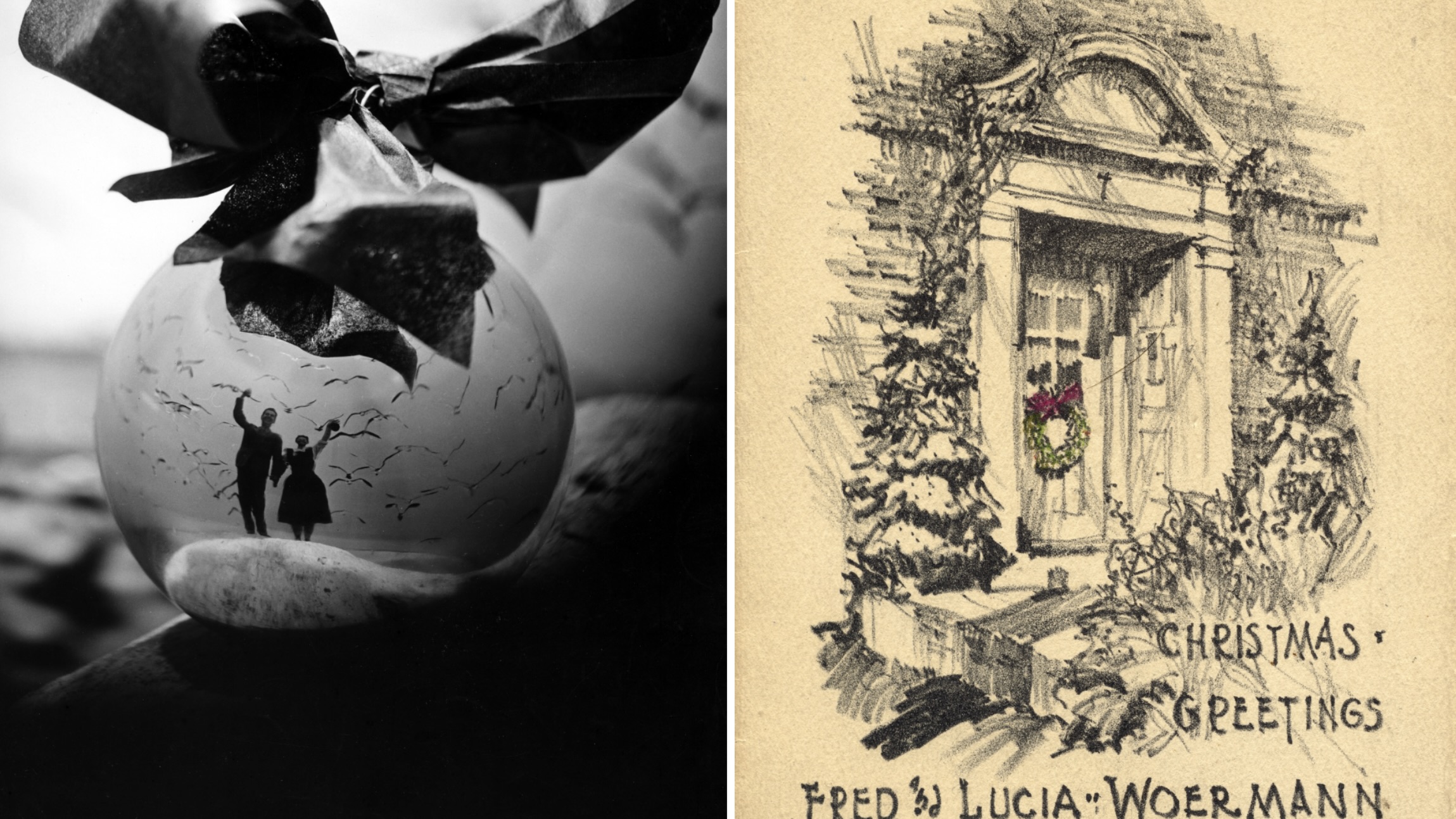 These Christmas cards sent by 20th-century architects tell their own stories
These Christmas cards sent by 20th-century architects tell their own storiesHandcrafted holiday greetings reveal the personal side of architecture and design legends such as Charles and Ray Eames, Frank Lloyd Wright and Ludwig Mies van der Rohe
-
 The Architecture Edit: Wallpaper’s houses of the month
The Architecture Edit: Wallpaper’s houses of the monthFrom wineries-turned-music studios to fire-resistant holiday homes, these are the properties that have most impressed the Wallpaper* editors this month
-
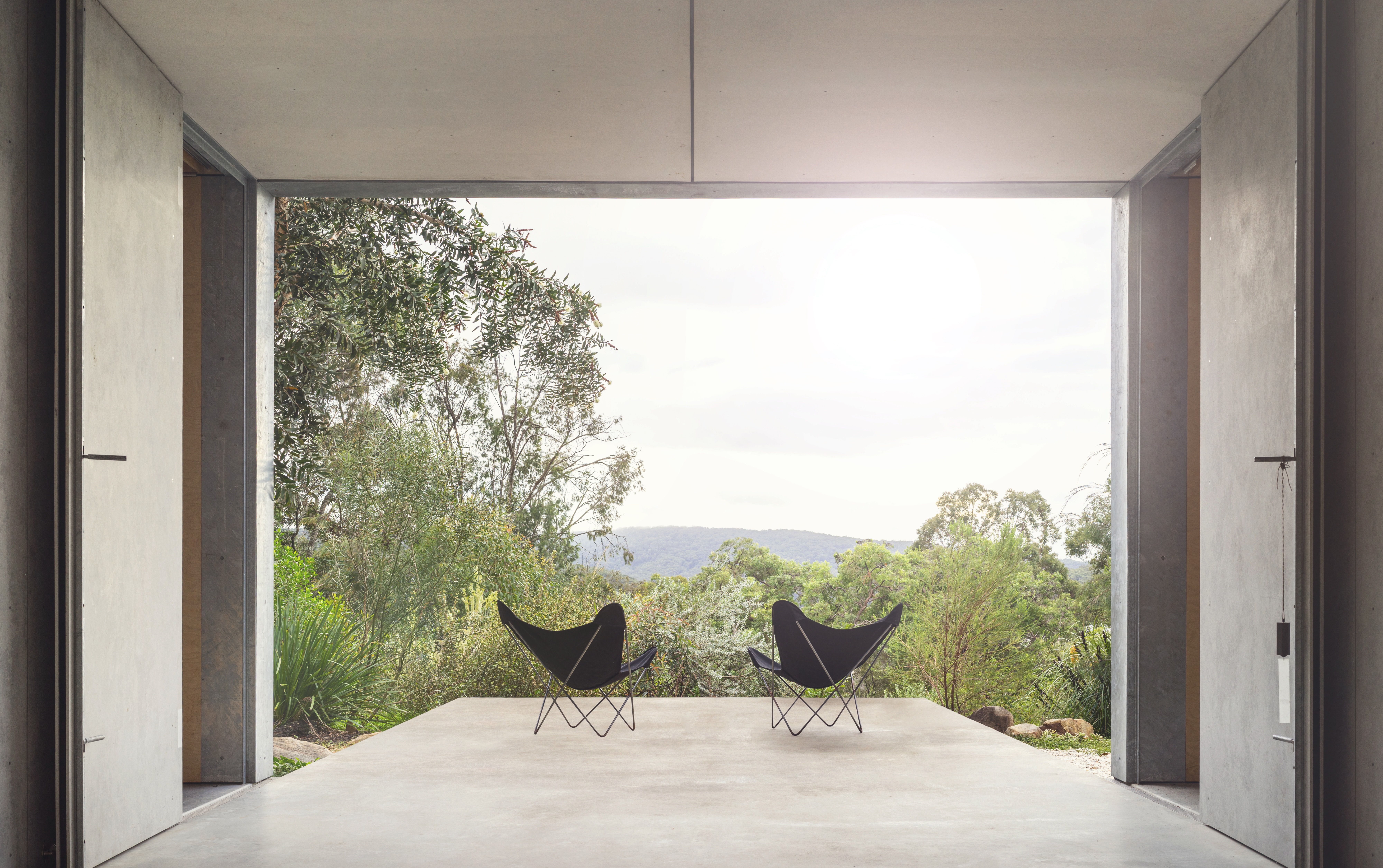 An Australian holiday home is designed as a bushfire-proof sanctuary
An Australian holiday home is designed as a bushfire-proof sanctuary‘Amongst the Eucalypts’ by Jason Gibney Design Workshop (JGDW) rethinks life – and architecture – in fire-prone landscapes, creating a minimalist holiday home that’s meant to last
-
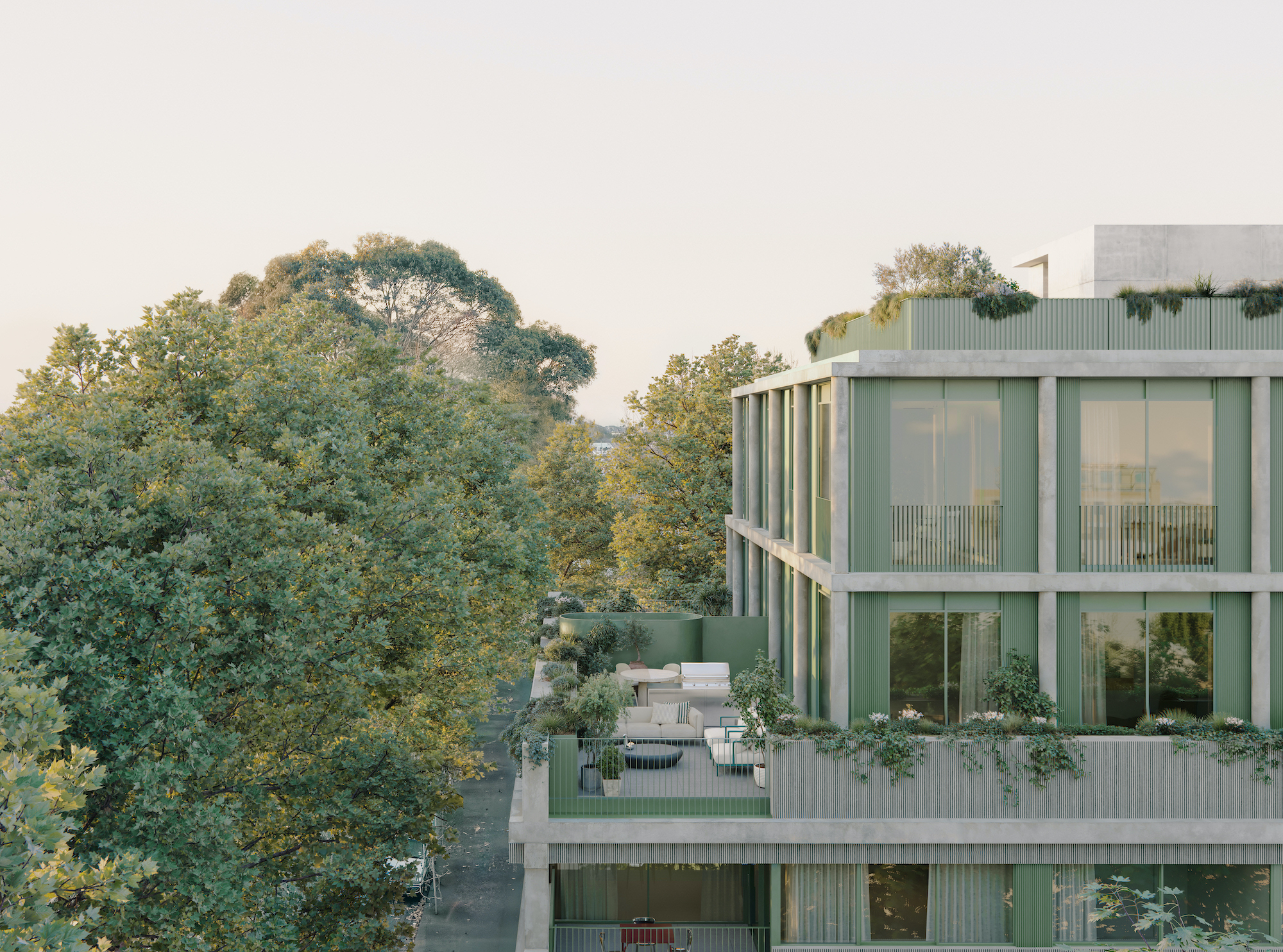 Neometro is the Australian developer creating homes its founders ‘would be happy living in’
Neometro is the Australian developer creating homes its founders ‘would be happy living in’The company has spent 40 years challenging industry norms, building design-focused apartment buildings and townhouses; a new book shares its stories and lessons learned
-
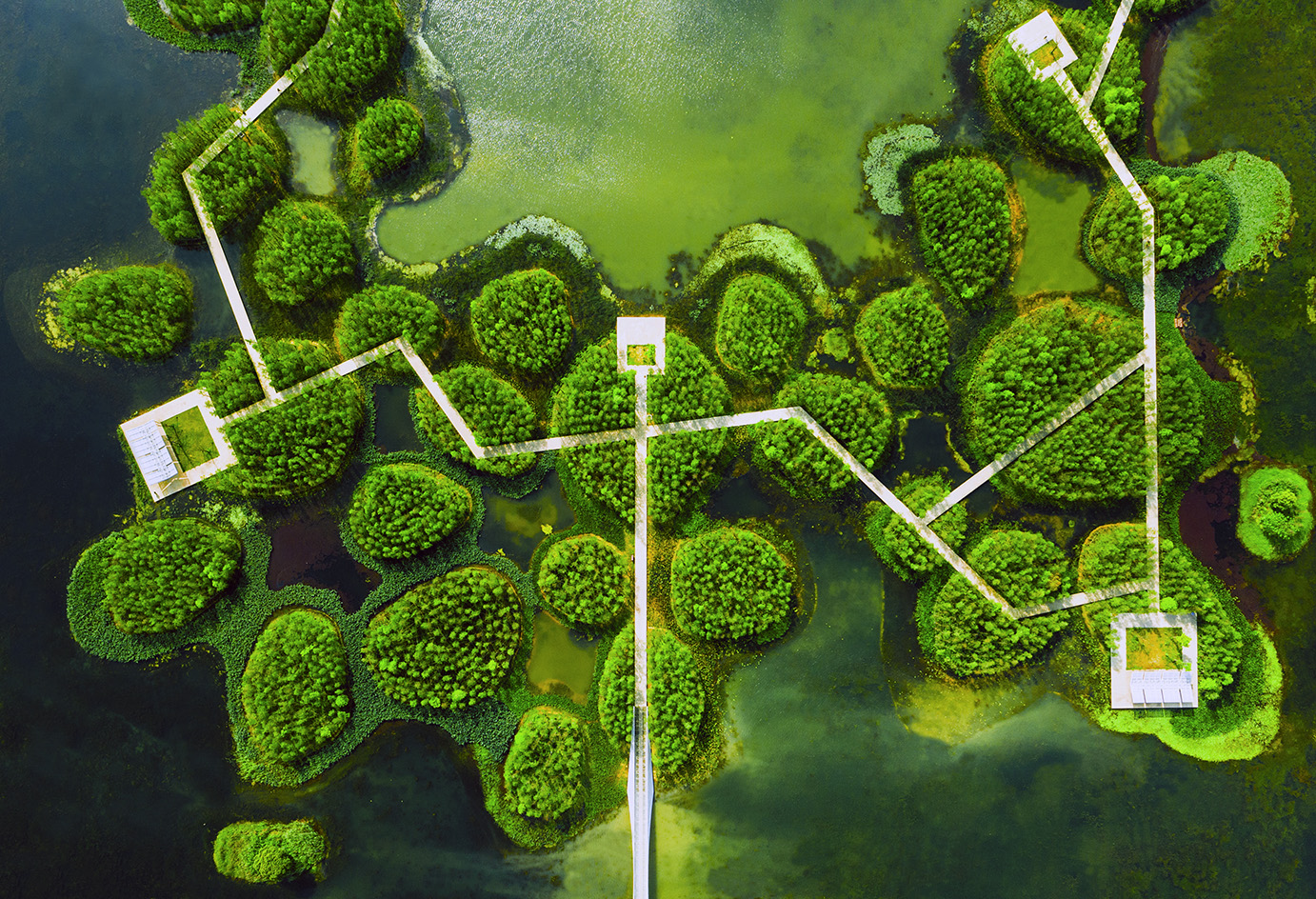 Honouring visionary landscape architect Kongjian Yu (1963-2025)
Honouring visionary landscape architect Kongjian Yu (1963-2025)Kongjian Yu, the renowned landscape architect and founder of Turenscape, has died; we honour the multi-award-winning creative’s life and work
-
 The Melbourne studio rewilding cities through digital-driven landscape design
The Melbourne studio rewilding cities through digital-driven landscape design‘There's a lack of control that we welcome as designers,’ say Melbourne-based landscape architects Emergent Studios
-
 A Republic Tower apartment refresh breathes new life to a Melbourne classic
A Republic Tower apartment refresh breathes new life to a Melbourne classicLocal studio Multiplicity's refresh signals a new turn for an iconic Melbourne landmark
-
 A Japanese maple adds quaint charm to a crisp, white house in Sydney
A Japanese maple adds quaint charm to a crisp, white house in SydneyBellevue Hill, a white house by Mathieson Architects, is a calm retreat layered with minimalism and sophistication
-
 A redesigned warehouse complex taps into nostalgia in Queensland
A redesigned warehouse complex taps into nostalgia in QueenslandA warehouse in Queensland has been transformed from neglected industrial sheds to a vibrant community hub by architect Jared Webb, drawing on the typology's nostalgic feel